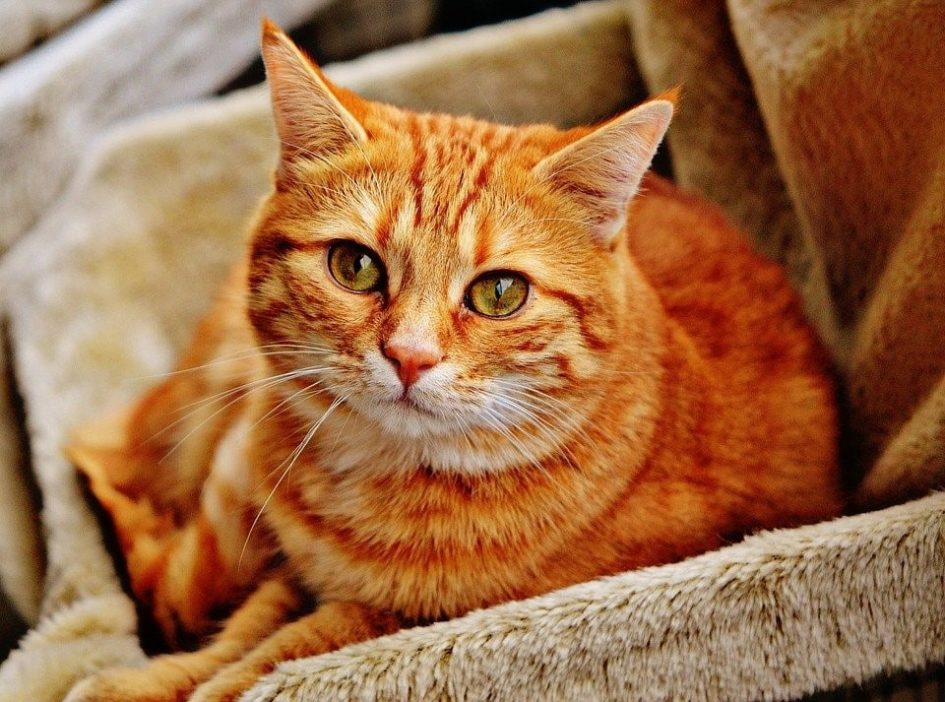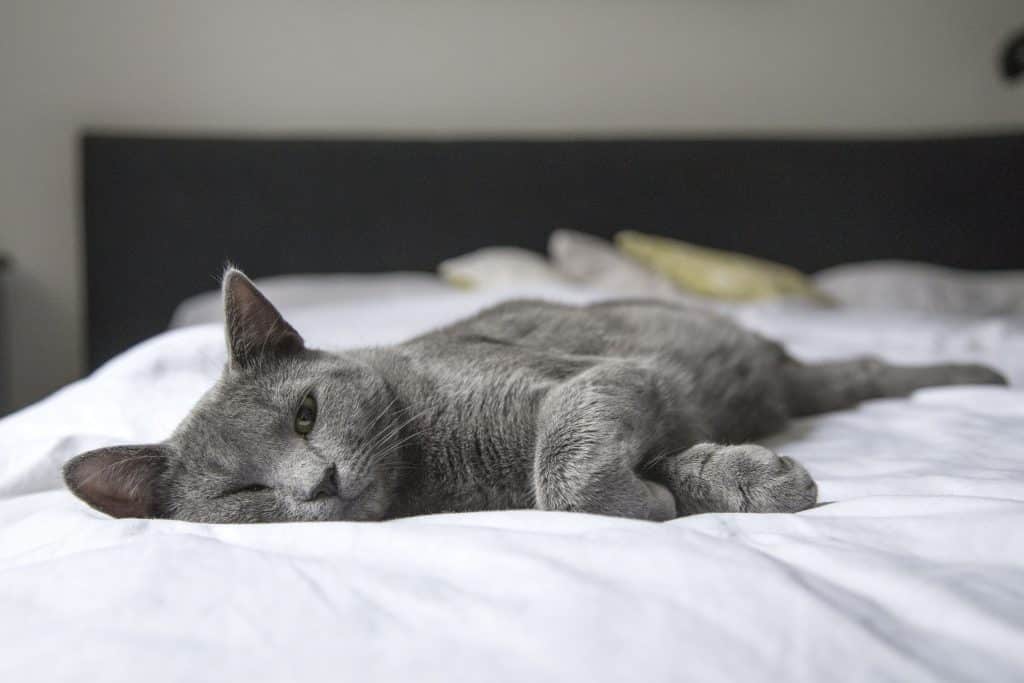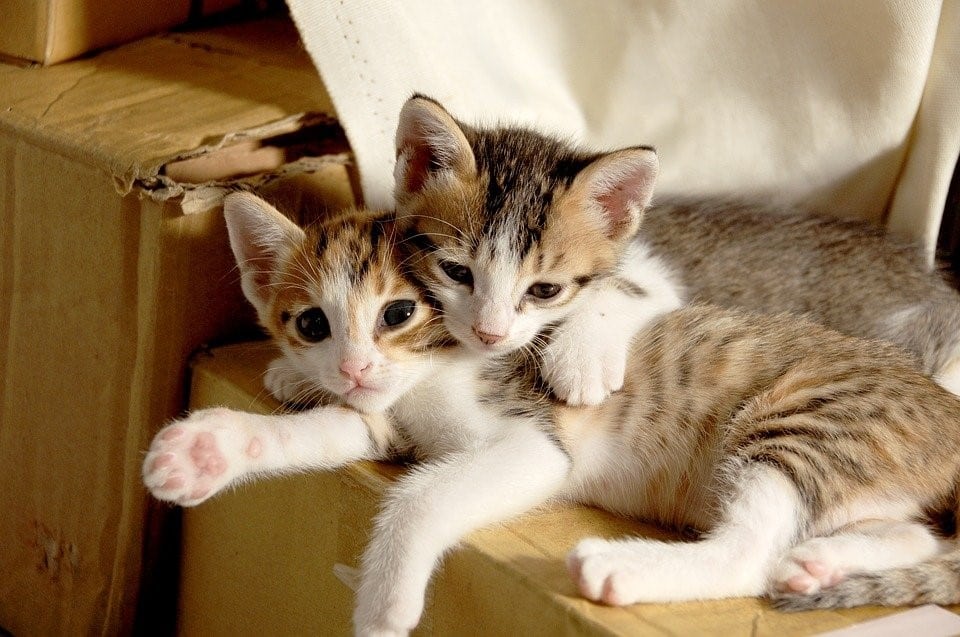

Estimating the Age of Cats in Human Years
Wondering how old your cat is in human years? Well, read this blog post that talks about estimating the age of cats in human years!
If you own a cat or are about to adopt one, the thought of “how old is my cat?” may have crossed your mind at some point. As the legend holds, one year of a cat’s life is equivalent to seven human years!
However, not many people know this, but the feline animal tends to age faster than humans. This is because, generally, the first two years of a cat’s life is roughly around the same as the first twenty-five years of a human’s life. After this, each added year is equal to four cat years, which means, if your cat is 9 years old, their equivalent age in human years will approximately be 66 human years. Surprised? Well, let’s dig deeper into estimating the age of cats in human years.
Truth Behind How Your Cat Ages
The popular legend of “one year of a cat’s life equivalent to seven human years” can be misleading. As scientific evidence shows that cats age rapidly in their first two years of life. After this, the aging process slows down a bit, but then it gains steady speed afterward.
The question at this point is, what factors determine the age of a cat. According to the American Animal Hospital Association (AAHA), a cat’s age is calculated based on its physical as well as behavioral changes that occur at various stages of a cat’s life. These changes are then compared to different stages of a human’s life to calculate the age of cats in human years.

Ways to Determine the Age of Cats
As stated earlier, the best way to identify a cat’s age is based on its physical appearance and personality. Here are some apparent indicators that can help you determine your cat’s age in human years.
Cat’s Teeth
Generally, the yellower the cat’s teeth, the older the cat is. White teeth signify that the cat is younger than one year. In case, the cat’s ears are stained, it can be between 1 – 2 years. Tartar build-up on the teeth indicates the cat is aged from 3 – 5. However, keep in mind that certain cats tend to suffer from more tartar build-up than others, which may translate into the cat’s poor dental care.
Also, note that missing teeth can mean the cat is senior. Having said that, health concerns or dental surgeries in the past can cause the loss of teeth as well.
Cat’s Coat
Older cats tend to have coarser and thicker fur. But keep in mind that several cat breeds can have thick furs at any age. To determine if the cat is old, check the color of its coat. Many senior cats tend to have patches of gray or white.
Cat’s Eyes
Young cats tend to have vivacious eyes. They are clear and without any signs of discharge. However, the same can’t be said about older cats whose irises look jagged. Some senior cats may also have cloudy or watery eyes, but that could also mean a health condition.
Cat’s Activity Level
Senior cats tend to have a low activity level because of their weight and muscle loss. Arthritis is also more common in older cats. However, young cats can also be less active only if they are suffering from any health concerns.
Sexual Maturity
Male cats reach sexual maturity as they become 5 months old, while female cats begin to breed between the ages of 5 – 12 months, even though the cat’s weight can affect the timing of the cat’s estrus cycle – the time when cats become fit for breeding. Also, note that a cat can get pregnant and give birth to its first litter as it is around 7 ½ months old.
Dependency Level
Older cats are more insecure and dependent on their owners than the youngling. These cats also spend less time outdoors with other cats. Senior cats tend to sleep more, but when they are awake, they are fussy and noisy. Since they are more vocal, they are constantly meowing, wandering around, feeling confused and anxious.

The Age of Indoor and Outdoor Cats
Indoor and outdoor cats age in different ways. Research shows that indoor cats can live longer than their outdoor counterparts. This is because the latter is exposed to a range of environmental issues, and thus, are at a greater risk of developing infections and illnesses. It’s believed that cats that stay indoors can live up to 10 – 17 years or above, while outdoor cats can live on for 2 – 5 years at a maximum.
Chart for Cat Age to Human Years
| Cat Age | Age In Human Years |
| 1 month | 1 year |
| 3 months | 4 years |
| 6 months | 10 years |
| 12 months | 15 years |
| 18 months | 21 years |
| 2 years | 24 years |
| 3 years and plus | 28 years + 4 years for every added cat year |
| 11 years and plus | 60 years + 4 years for every added cat year |
Why It Is Important to Understand Your Cat’s Age
Knowing the cat’s age is crucial to understand how long it can live. Basically, your cat’s age can help you determine its lifespan. Generally, cats tend to live longer than dogs, meaning they can live somewhere between 20 – 25 years. But this can vary from one cat to another. A lot of factors come into play when determining the life expectancy of a cat. For instance, it’s important to note whether or not it is an indoor or outdoor cat (an indoor cat lives longer than an outdoor cat). Also, a cat’s overall health condition counts when identifying its age. According to the Guinness Book of World Records, the oldest cat who ever lived to be was 38 years and 3 days old, which is equivalent to 168 human years.
Like dogs, cats transition into their mature years when they become seven to ten years old. At this point, you will need to take extra care of your cat as senior cats become needier and easily develop infections and illnesses. You will need to observe your cat for common signs of aging such as:
- Loss of appetite
- Dull and lethargic
- Increased weight
- Constipation or diarrhea
- Difficulty in jumping or climbing
- Weird lumps or bumps on the body
- Runny nose
- Cloudy or watery eyes
- Excessive yowling or meowing
- Lack of or inconsistent urine
Conclusion
Following a cat’s age calendar is a good way to determine the age of your precious companion. However, if the cat is a stray or adopted, you will need to look for other means – physical and behavioral characteristics. Despite that, if you can’t seem to calculate your cat’s age, consider taking your pet to a professional veterinarian. They can give you the right guidance as to how old your cat is in human years!
Discover how to create a joyful, healthy home for your pet.
Subscribe to your weekly rundown of practice, real life ideas and training tips straight to your inbox.


